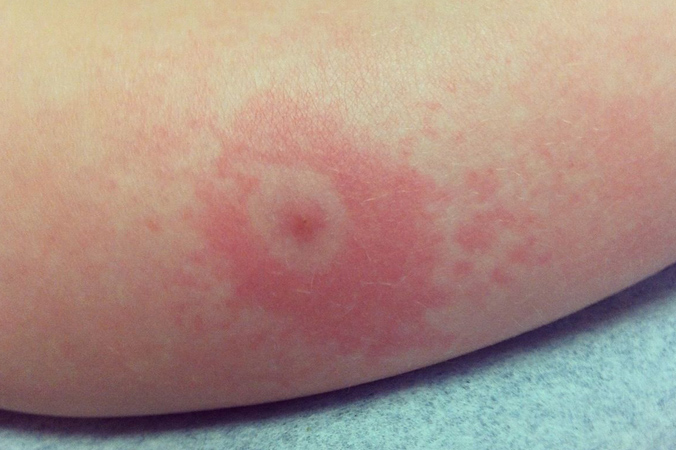The Lyme Bullseye Rash Indicator is often the first visible sign of Lyme disease, a tick-borne illness caused by the bacterium Borrelia burgdorferi. This rash, also known as erythema migrans, typically appears at the site of a tick bite and is a crucial early warning sign that should not be ignored. Recognizing the Lyme Bullseye Rash Indicator early can lead to prompt treatment, reducing the risk of more severe symptoms later on.

The Importance of the Lyme Bullseye Rash Indicator in Diagnosis
The Lyme Bullseye Rash Indicator plays a vital role in the diagnosis of Lyme disease. Not all patients exhibit this rash, but when it does occur, it serves as a significant clue for healthcare providers. The rash often develops within 3 to 30 days after a tick bite and may expand over time, sometimes reaching up to 12 inches in diameter. It’s essential to note that not all Lyme rashes resemble a bullseye; some may be uniformly red or have other patterns, making it critical to be aware of the variations.
Recognizing Variations in Lyme Disease Rash
While the classic bullseye pattern is the most recognized form of the Lyme disease rash, it’s important to understand that the rash can present in different ways. Variations in the Lyme disease rash can include solid red patches, bluish discoloration, or even multiple rashes in different areas of the body. These variations can make diagnosis challenging, which is why understanding the broader spectrum of Lyme rash presentations is essential.
When to Seek Medical Attention for a Suspicious Rash
If you notice a rash after a tick bite, especially one that resembles a bullseye or has unusual characteristics, it’s important to seek medical attention promptly. Early detection and treatment of Lyme disease are crucial in preventing the progression to more severe symptoms, such as joint pain, neurological issues, and heart problems. Even if the rash does not look like a typical Lyme disease rash, consulting with a healthcare provider is always a wise decision.
Lyme Disease Prevention: Protecting Yourself from Ticks
Preventing Lyme disease starts with protecting yourself from tick bites. When spending time outdoors in areas where ticks are prevalent, such as wooded or grassy regions, it’s important to take precautions. Wear long sleeves, tuck pants into socks, use insect repellent containing DEET, and perform thorough tick checks after outdoor activities. Early removal of ticks can greatly reduce the risk of Lyme disease transmission.
Understanding the Long-Term Impact of Lyme Disease
Untreated or late-diagnosed Lyme disease can lead to long-term health complications. These can include chronic joint inflammation, neurological symptoms, and cognitive difficulties. Emerging technologies are enhancing the detection and interpretation of the Lyme Bullseye Rash Indicator. Understanding the potential long-term impact of Lyme disease underscores the importance of early recognition of the Lyme Bullseye Rash Indicator and seeking timely medical intervention.
